Most Popular
Hello Hangeul
-
1
Welding book first in vocational Korean series for foreign labor
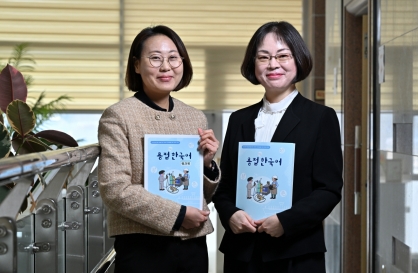
-
2
[Korea Beyond Korea] In Sao Paulo, horizons expand for Korean studies
![[Korea Beyond Korea] In Sao Paulo, horizons expand for Korean studies](//res.heraldm.com/phpwas/restmb_idxmake.php?idx=644&simg=/content/image/2023/11/20/20231120000619_0.jpg&u=20231206104853)
-
3
In Brasilia, worldly dreams are born from Korean classes
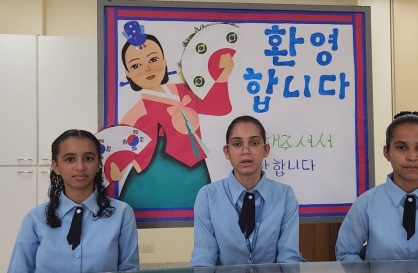
-
4
Americans seeking to visit Korea learn the language in LA
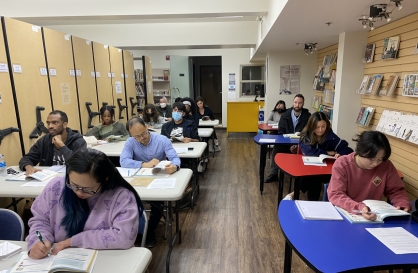
-
5
[Korea Beyond Korea] Berlin, Europe's Korean Studies hub, nurtures next-gen experts, scholars
![[Korea Beyond Korea] Berlin, Europe's Korean Studies hub, nurtures next-gen experts, scholars](//res.heraldm.com/phpwas/restmb_idxmake.php?idx=644&simg=/content/image/2023/10/18/20231018000929_0.jpg&u=20231023154735)
[Hello Hangeul] Multilingual generation rising: Migrant children growing presence at schools
Small group lessons for non-native speakers are among the various multicultural programs offered at elementary schools
By Kim So-hyunPublished : July 2, 2023 - 15:08
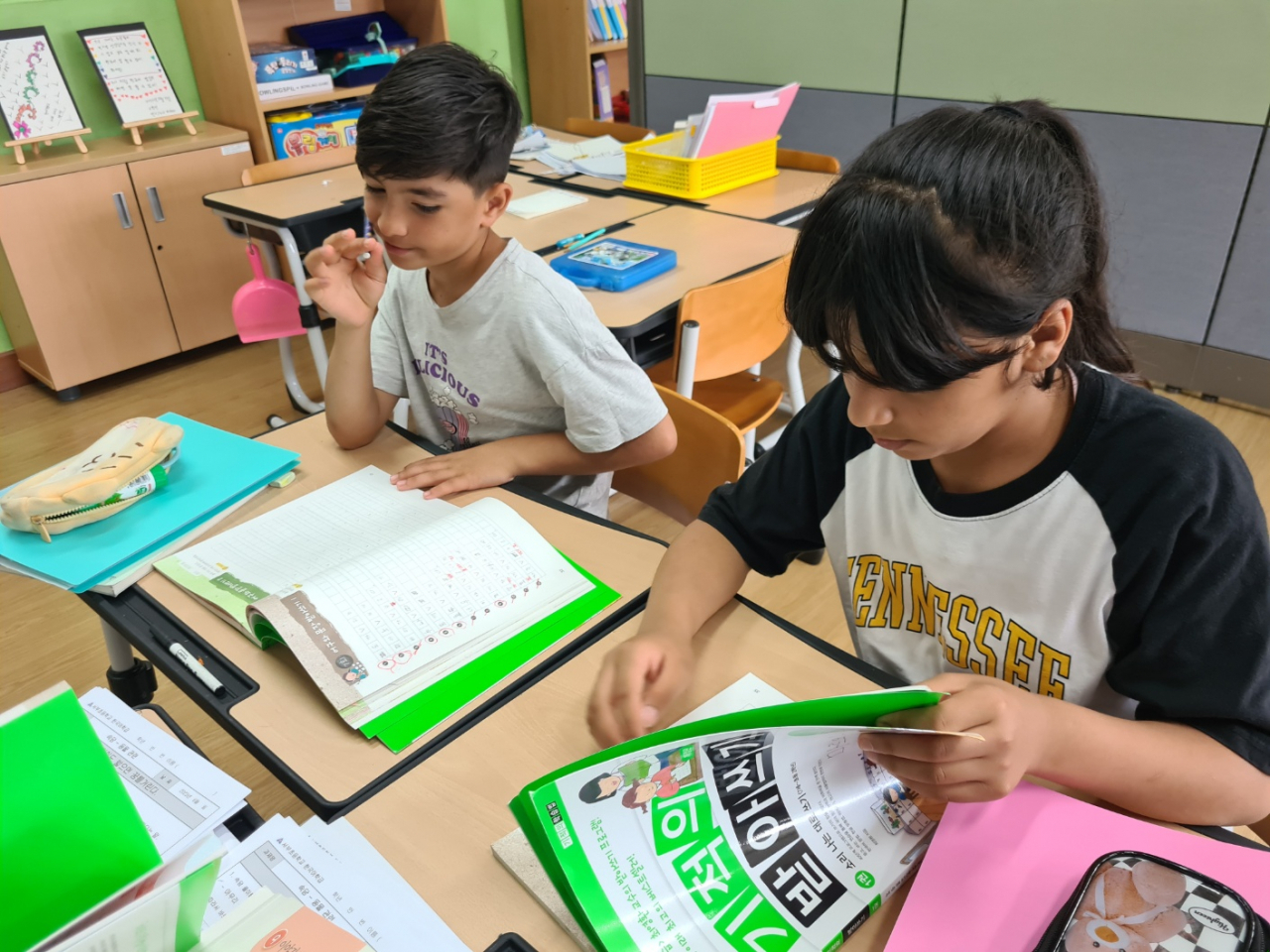
ULSAN -- Marwa Sadiqi, a fifth grader at Seoboo Elementary School in the southeastern port city of Ulsan, came to South Korea from Afghanistan nearly two years ago, and now she speaks better Korean than her parents.
But her Korean still needs improvement to follow along in subjects like science, so she learns the language in a separate class for non-native speakers four hours a week during school hours.
“Speaking is okay, but writing is hard, especially spelling Korean,” said Marwa, who wants to be a soccer player when she grows up.
Her family was among the 391 Afghans the Korean government airlifted out of Kabul in August 2021 after the Taliban took over the country. They were people who worked for the Korean embassy, the state-run Korea International Cooperation Agency and other Korean humanitarian missions in Afghanistan, and their family members.
Of the total of 79 families, 28 have settled in Ulsan since early last year, as partner companies of Hyundai Heavy Industries offered them jobs and housing. Their children go to local public schools, with 26 currently attending Seoboo Elementary.
The school placed the Afghan children in a special class in their first semester here last year to teach them Korean language and culture, and gradually increased the hours they spend in regular classes with their Korean peers in the second semester.
From this year, only those who need more help with Korean are taught separately in small groups of two or three, three to six hours a week, depending on their level of proficiency, like other children of multicultural backgrounds.
“In the beginning of their first semester here, some children had a hard time focusing in class, as they couldn’t understand the language at all,” said Park Ji-young, who teaches Korean to Afghan students.
“But as they picked up more Korean, they became more motivated to learn. There are children who learn faster than others, but most have been very willing to learn. I’m very proud of their progress," she said.
An Afghan sixth-grader at Seoboo last year won an award in a nationwide speaking contest for children of multicultural backgrounds.
On one side of the classroom are drawings with words of encouragement from older children who graduated earlier this year.
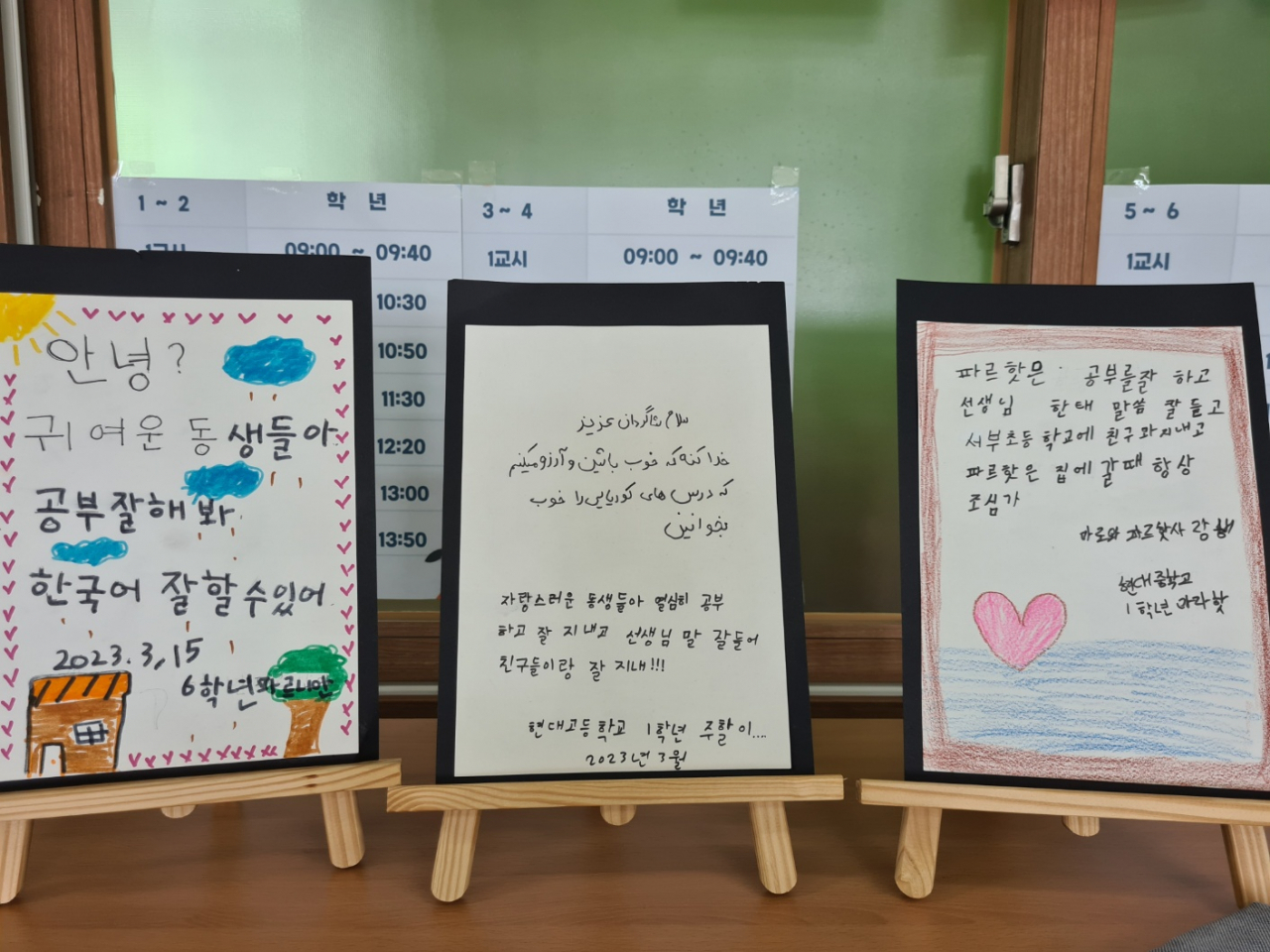

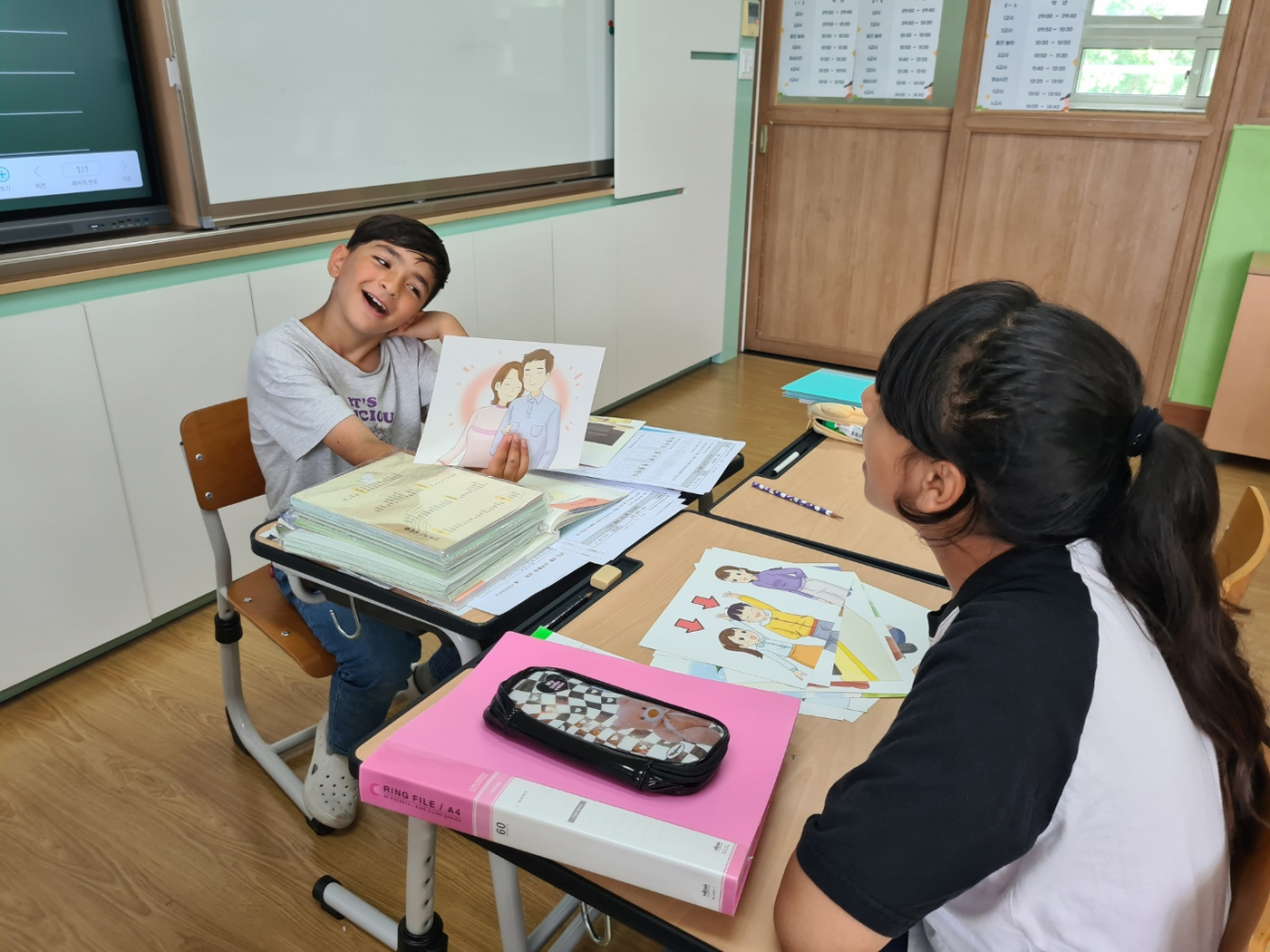
Sear Mirzaie, who is in fourth grade, said spacing is the trickiest in learning Korean. But Korean is still his favorite subject, along with P.E.
“Math in Korea is also harder than in Afghanistan,” said Sear, who wants to be a police officer.
Sear said he reads about two Korean books a week in school. Of the books that he recently read, he liked a book about dinosaurs and “Doggy Poo,” a famous Korean children’s picture book.
Over 168,000 students of multicultural backgrounds were enrolled at Korean elementary, middle and high schools last year, up 54 percent from 2017, according to government data.
Multicultural children accounted for 4.2 percent of all students at elementary schools in Korea, a figure that has nearly quadrupled in 10 years from 1.1 percent in 2012.
In the same period, the share of pupils of multicultural backgrounds rose from 0.5 percent to 2.9 percent in middle schools, and from 0.2 percent to 1.3 percent in high schools.
At Balan Elementary School in Hwaseong, Gyeonggi Province, over 40 percent of the 267 students are of multicultural backgrounds, about half of whom are from Russia and former Soviet states such as Uzbekistan and Kazakhstan.
The school sends out notices for parents in both Korean and Russian.
Like in other schools, students of foreign nationality are tested in their levels of Korean upon entering Balan, and based on the test results, they go to Korean classes for non-native speakers during certain periods like Korean, social studies and moral education, and stay in their homerooms for the rest of the subjects.
Students take these “special” Korean lessons in groups of between four and 15, depending on their proficiency level.
“The percentage of students of multicultural backgrounds has been going up as foreign students continue to increase while the number of Korean students decline due to low birth rates,” said Lee Hye-in, the teacher in charge of multicultural programs at Balan.
“The difficult part is, students who share the same mother tongue often don’t speak Korean after class with their peers or at home, so the learning speed can be slower.”
Lee said it would greatly help if the local governments run programs for foreign families who have just arrived in Korea to learn basic Korean and adapt to life and the school culture here, even for just a month.
The proposal was made during a meeting of parents, local councilors and a lawmaker in April, as most parents of the foreign children are engaged in economic activities in the region.
At Guronam Elementary School in Seoul's Guro-gu, about 56 percent of the students are of multicultural backgrounds, mostly Chinese.
In addition to Korean lessons for non-native speakers, the school offers introductory Mandarin and Chinese culture classes 20 hours per year for all pupils to get a better understanding of other cultures. There is also a student club for fluent speakers of both languages.
“Growing with exposure to different cultures, our students show a very high cultural sensitivity,” said Sung Mi-young, the teacher in charge of multicultural programs at Guronam Elementary.
"Having the opportunity to learn basic Chinese is also welcomed among parents," Sung said.






![[Weekender] How DDP emerged as an icon of Seoul](http://res.heraldm.com/phpwas/restmb_idxmake.php?idx=644&simg=/content/image/2024/04/25/20240425050915_0.jpg&u=)
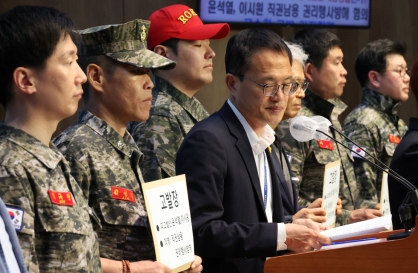


![[Music in drama] An ode to childhood trauma](http://res.heraldm.com/phpwas/restmb_idxmake.php?idx=644&simg=/content/image/2024/04/25/20240425050929_0.jpg&u=)
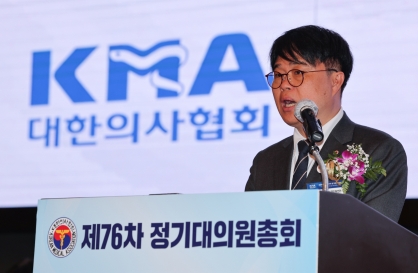


![[Korea Beyond Korea] In Sao Paulo, horizons expand for Korean studies](http://res.heraldm.com/phpwas/restmb_idxmake.php?idx=644&simg=/content/image/2023/11/20/20231120000619_0.jpg&u=20231206104853)


![[Korea Beyond Korea] Berlin, Europe's Korean Studies hub, nurtures next-gen experts, scholars](http://res.heraldm.com/phpwas/restmb_idxmake.php?idx=644&simg=/content/image/2023/10/18/20231018000929_0.jpg&u=20231023154735)

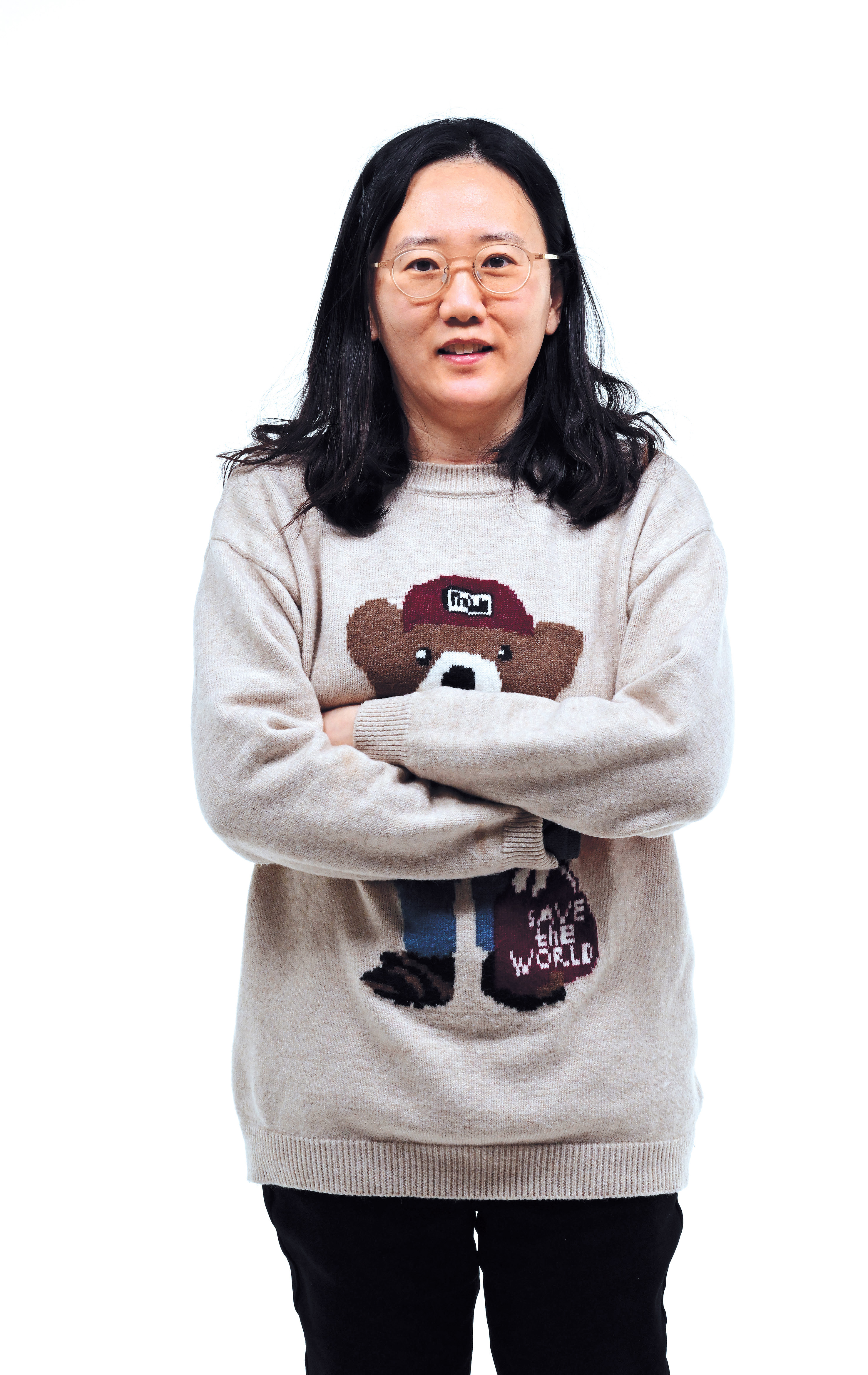




![[Herald Interview] Mistakes turn into blessings in street performance, director says](http://res.heraldm.com/phpwas/restmb_idxmake.php?idx=652&simg=/content/image/2024/04/28/20240428050150_0.jpg&u=20240428174656)
